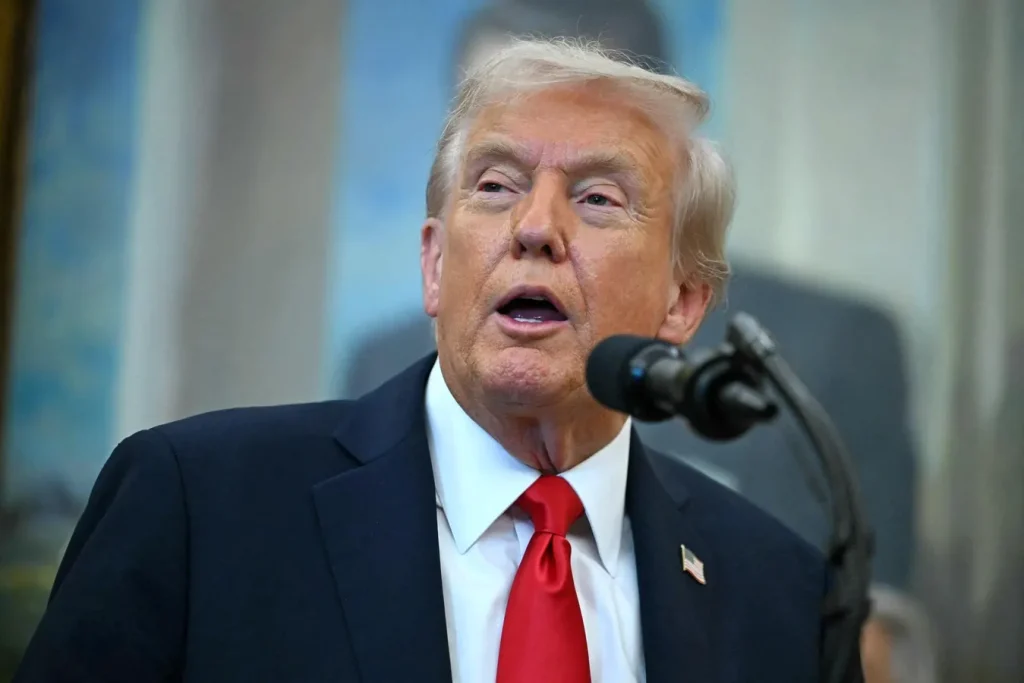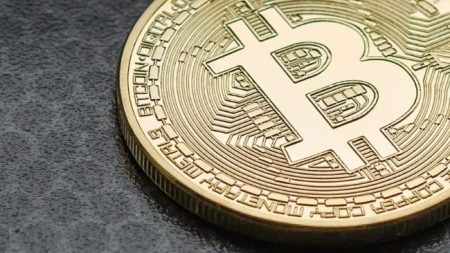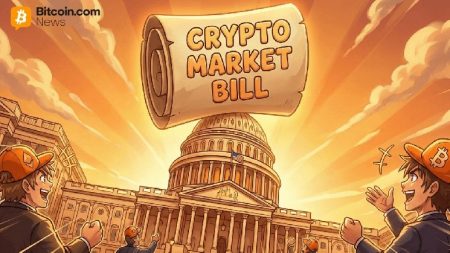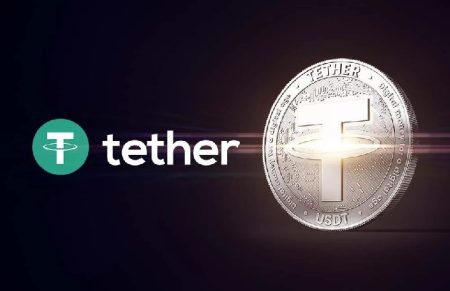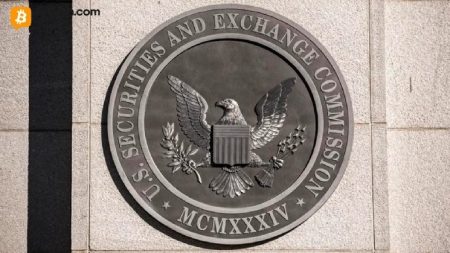Trump Promises Relief from Record-High Beef Prices
In a recent Oval Office appearance, President Donald Trump announced his administration’s intentions to tackle soaring beef prices that have reached unprecedented levels, leaving many American consumers feeling the pinch at grocery store checkout lines. “I think we have a deal on beef that’s gonna bring the price of beef [down], that would be the one product that we would say is a little bit higher than we’d want it,” Trump stated, suggesting relief may come “pretty soon.” While he didn’t provide specific details about the plan, the President hinted that his administration had “worked our magic” behind the scenes to arrange a deal that could offer consumers some financial relief. This announcement comes at a critical time as the average price for ground beef reached an all-time high of $6.31 per pound in August—a 14% increase since January alone. For many American families already struggling with inflation across various sectors, this represents a significant burden on household budgets.
The situation with beef prices stands out dramatically against the backdrop of general economic conditions. While overall inflation hovers around 2.9% and grocery inflation at 2.7%, beef and veal prices have skyrocketed nearly 14% between August 2024 and August 2025. Uncooked steak prices have climbed even higher, with a staggering 16.6% increase during the same period. The premium categories aren’t exempt either—lean and extra lean ground beef now costs an average of $7.95 per pound, representing an 8% jump since January. According to the Department of Agriculture, the consumer price index for all food increased 0.4% month-over-month in August, with beef and veal seeing some of the largest price increases alongside other meats and fresh vegetables. These dramatic price hikes have made beef a luxury item for many Americans who previously considered it a staple protein source for family meals.
The root causes of these dramatic price increases are multifaceted and complex. Industry experts point to a significant cattle shortage fueled by a perfect storm of challenges including drought conditions in key cattle-raising regions, ongoing inflation pressures, persistent labor shortages across the supply chain, and overall market instability. The situation grew particularly acute in late July and early August when weekly cattle slaughter rates dropped to their lowest point in a decade, according to Department of Agriculture data. Additionally, the beef export market has contracted significantly, with July shipments totaling 211 million pounds—a 19% decrease compared to the previous year. While beef imports did increase by 13% year-over-year in June, these gains haven’t been sufficient to offset domestic shortages. Further complicating the outlook, the Department of Agriculture recently issued slightly downward beef production forecasts for 2025, suggesting that supply constraints might persist without intervention.
Interestingly, beef isn’t the only grocery item experiencing dramatic inflation. Coffee prices have surged more than 20% over the past year, outpacing even beef’s remarkable price growth. This coffee price increase has been partially attributed to Trump’s tariffs targeting some of the world’s top coffee-producing nations. The combined effect of these price increases across multiple staple items has contributed to growing economic anxiety among American consumers. According to the University of Michigan’s consumer sentiment survey, economic outlook hit its third consecutive monthly decline in October, falling to 55—below Wall Street’s consensus expectation of 55.8. Perhaps more troublingly, Americans now expect inflation to rise to 4.6% over the next year, indicating a lack of confidence that current inflationary pressures will abate anytime soon.
These price increases and consumer anxieties come against a backdrop of mixed signals in the retail grocery sector. While many Americans are feeling the squeeze of higher food prices, some grocery chains appear to be weathering the storm. Albertsons, for instance, recently saw its shares soar 14% after raising both sales and profit outlook, suggesting that some players in the food retail industry may be benefiting from the current pricing environment. For average consumers, however, the experience has been predominantly negative, with each trip to the grocery store requiring increasingly difficult budgeting decisions, especially for families who rely on beef as a protein staple for everyday meals.
President Trump’s announcement about potential relief for beef prices represents a recognition of the political and economic significance of food inflation for American voters. As families continue to struggle with higher costs across numerous categories, any meaningful reduction in beef prices would provide welcome relief to household budgets nationwide. However, the lack of specific details about the administration’s plan leaves questions about how quickly prices might come down and whether the proposed solution addresses the fundamental supply-chain issues driving the current price surge. As Americans await the promised price decreases, many will continue closely monitoring their grocery bills and potentially adjusting their consumption habits until beef once again becomes more affordable. For now, the promise of lower prices remains just that—a promise that millions of budget-conscious shoppers hope will materialize sooner rather than later.





